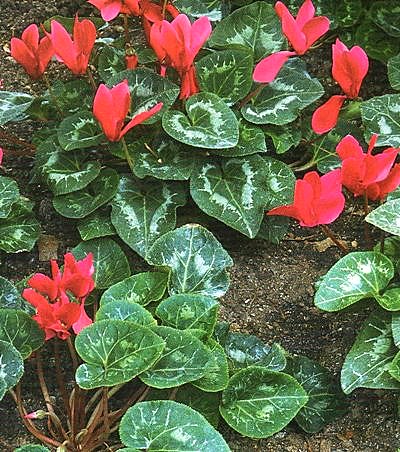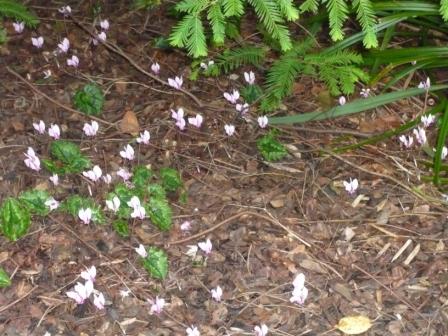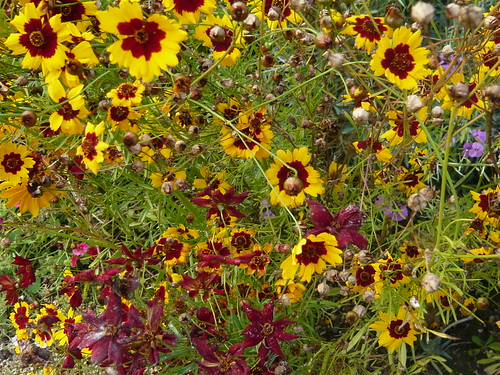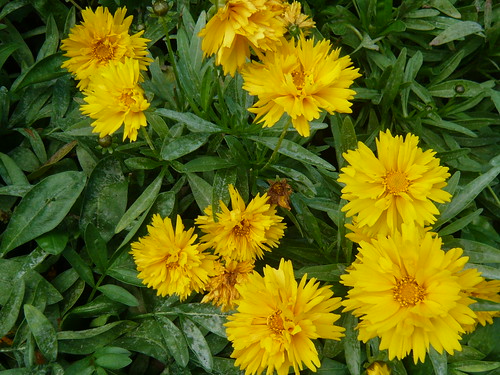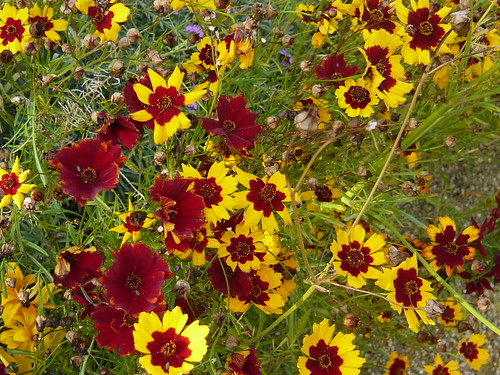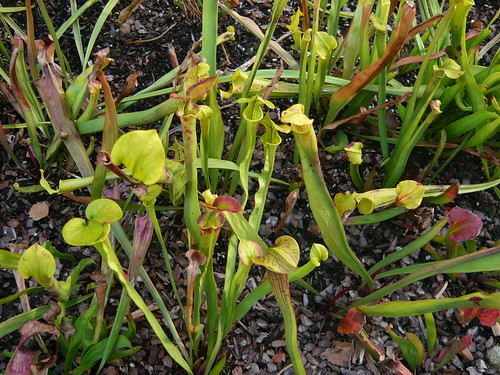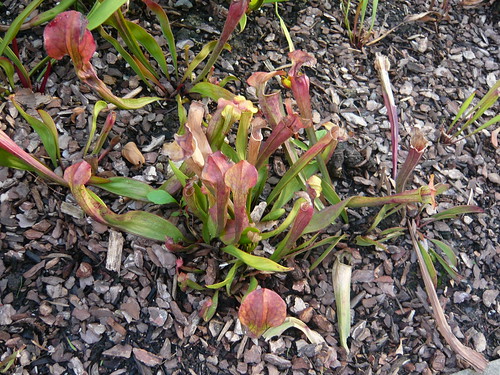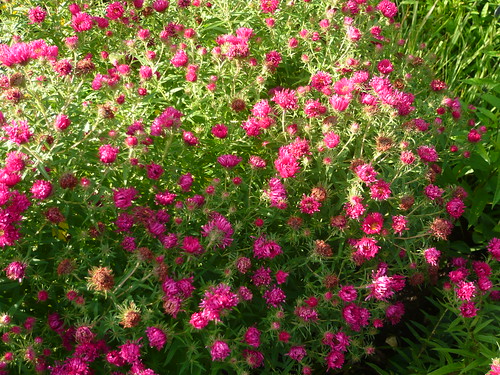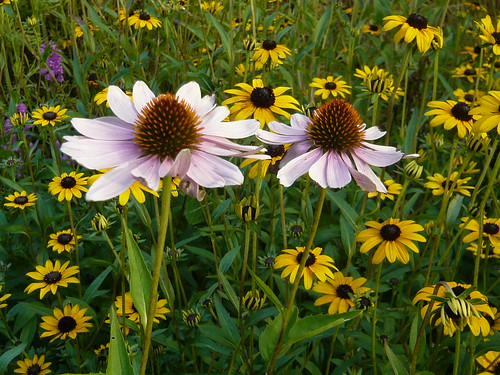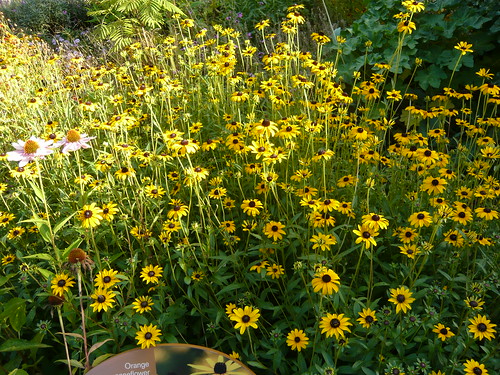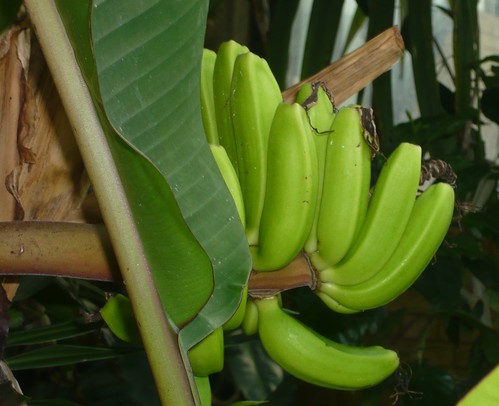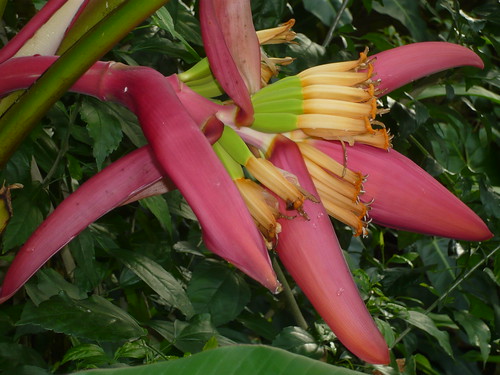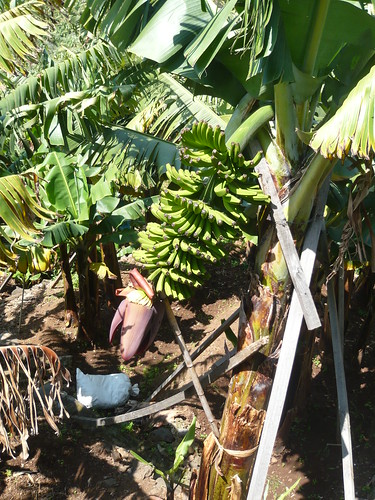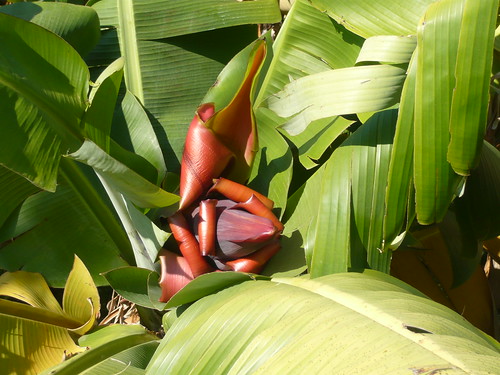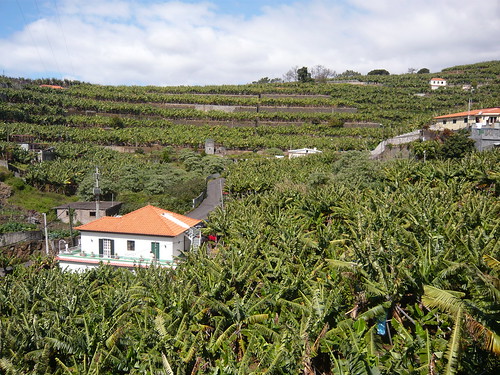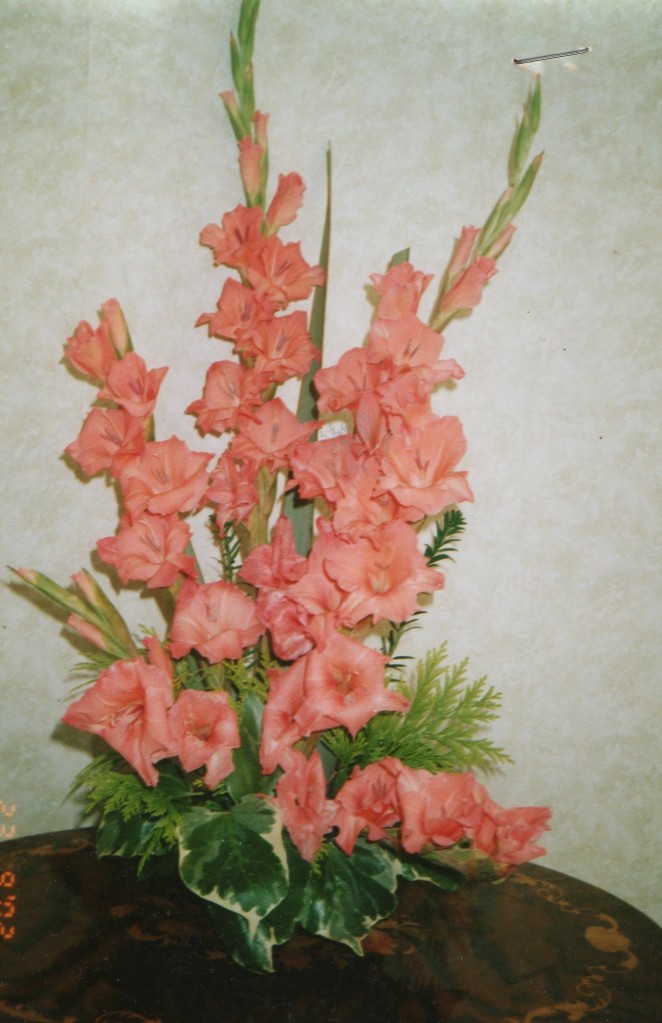Buying and Planting Your Tulips
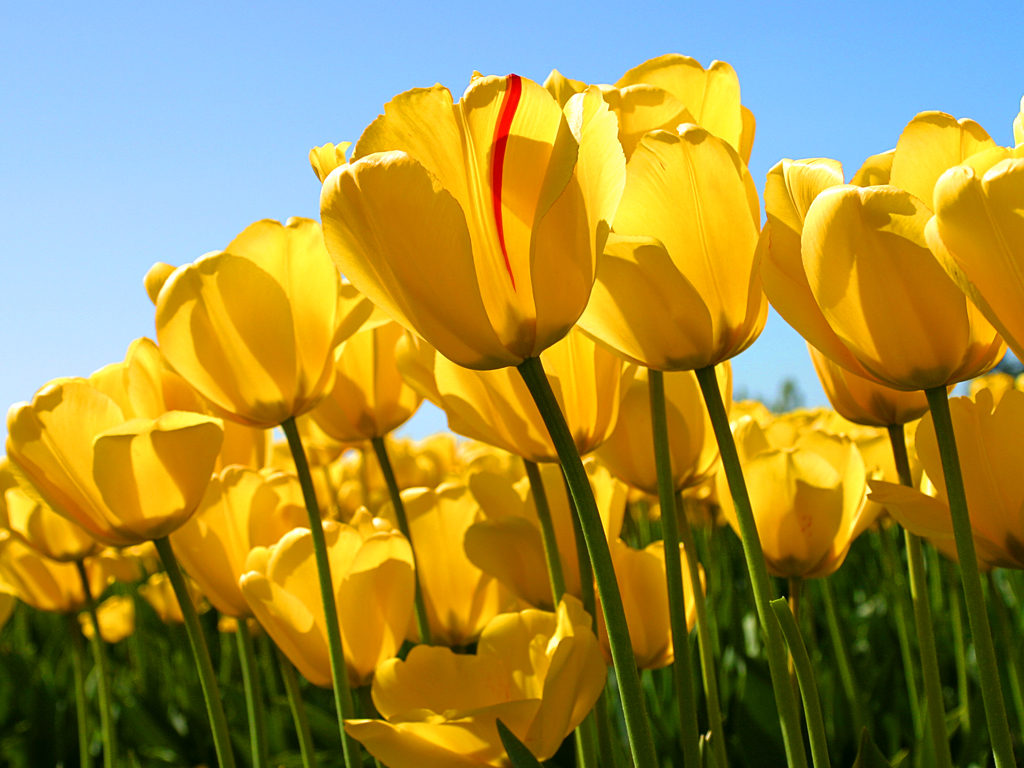
Tulip Buying & Planting Tips
- Marketing of bulbs starts earlier and earlier and this July saw some multiple chains offering pre-packed bulbs for sale. It is all very well getting ahead of the game so you get the varieties you want.
- I belatedly have come to the conclusion that you get a better result and thus value for money from a specialist grower or retailer. Choice of variety, size and bulb condition are generally better as they have a reputation to protect.
- Beware how you store bulbs as they can dry out (but they will also dry out in store if left hanging on one of those POS units.) If you store tulips in humid conditions they may sprout early or get mildew.
- Normally I try and plant my Tulips by the end of December but this year I am a bit late. Still Tulips have a great capacity to catch up before April when they flower.
- I have not been successful planting tulips in pots but I shall keep trying. Perhaps deeper in long toms is the answer; I will let you know.
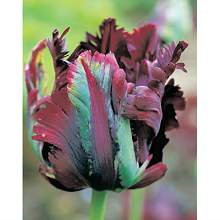
Varieties Planted
- Monte Carlo a double yellow only 12 ” tall. They have an AGM and are reputed to be fragrant.
- Apricot Parrot has feathered bicoloured petals. There is a bit of green on the outer petals with red and apricot shades on the inner petals. These Tulips are about 22″ tall
- Another lower growing Tulip Greigii called Queen Ingrid at 14″ caught my eye with red petals edged in white
- Bulbs varied in size from 10-13cm. I have planted most in pots that I can bury in the ground where there is a gap and take up quickly after flowering.
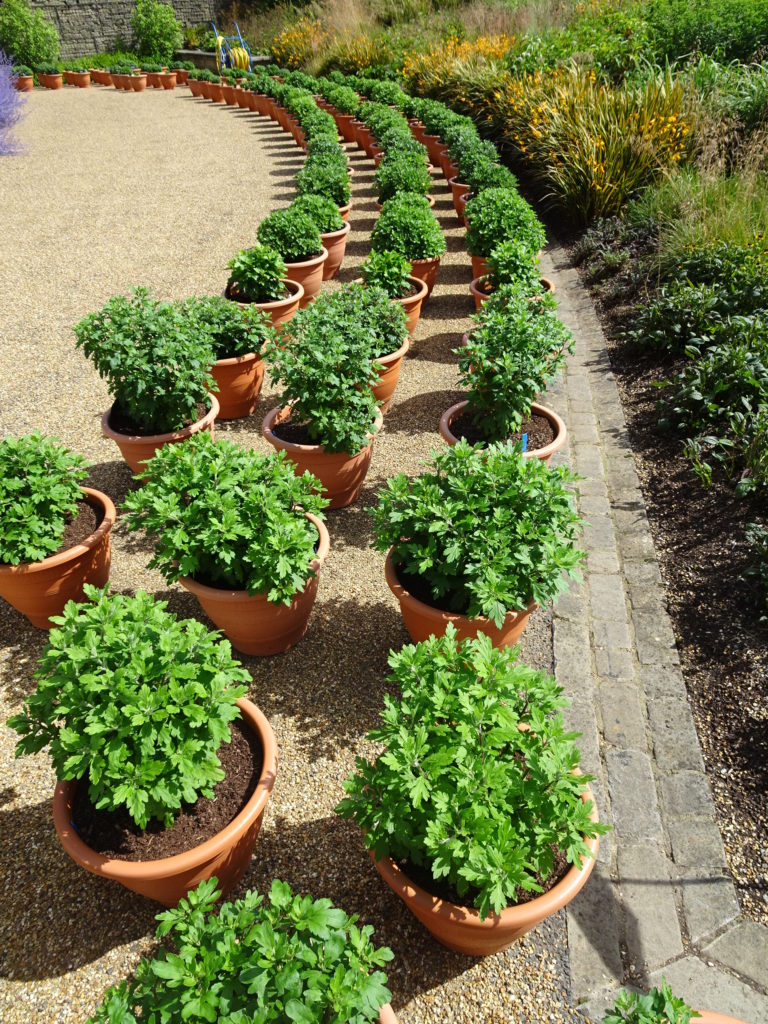
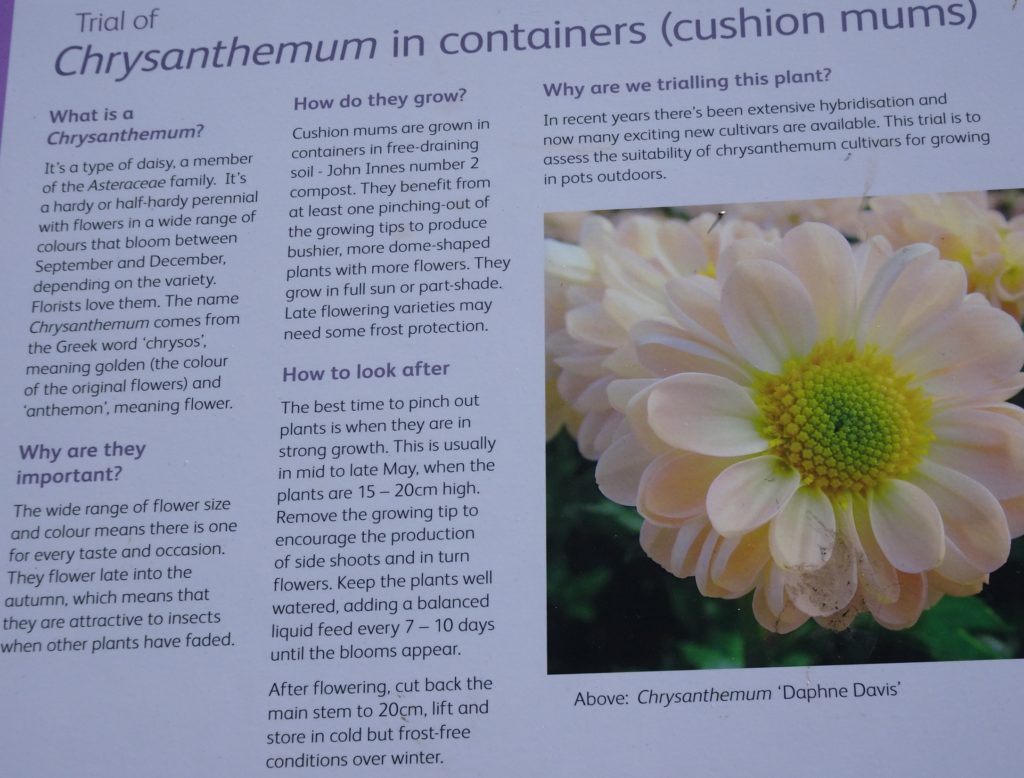

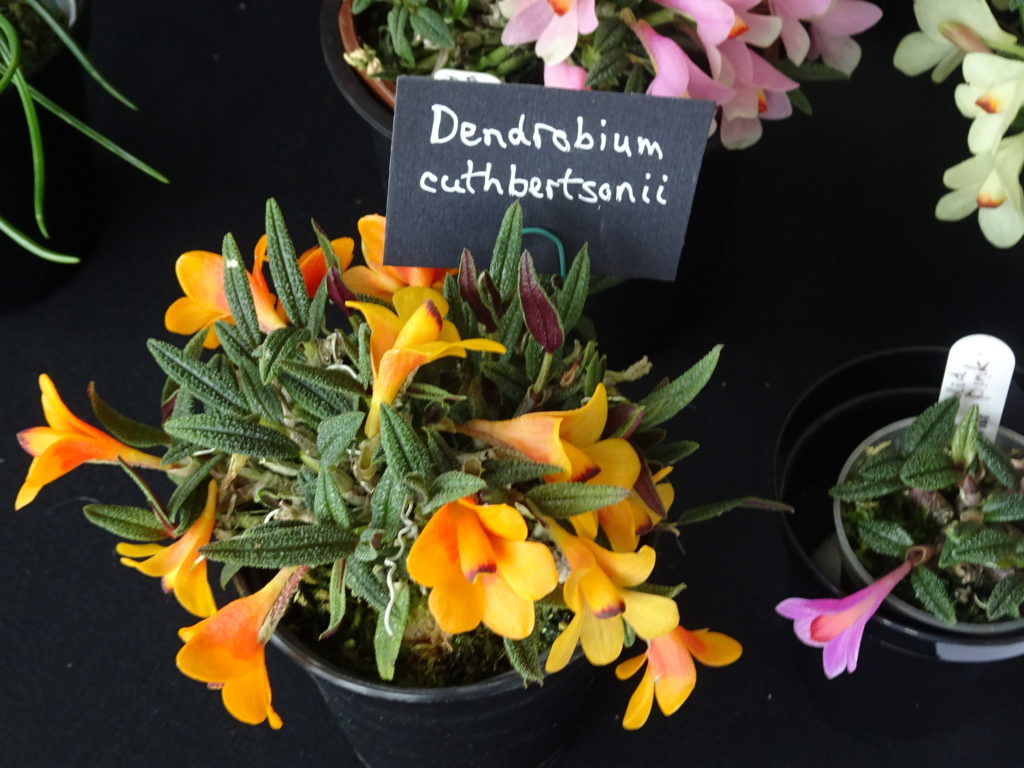 Dendrobium cuthbertsonii
Dendrobium cuthbertsonii Dendrobium nagomi
Dendrobium nagomi
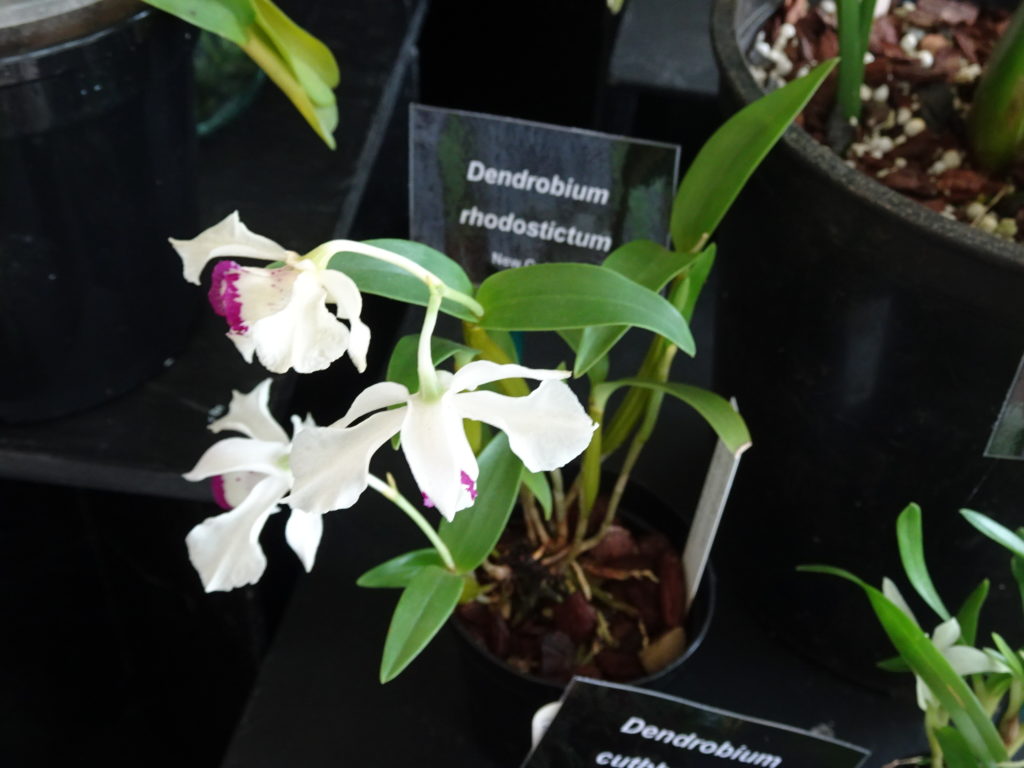 Dendrobium rhodstictum
Dendrobium rhodstictum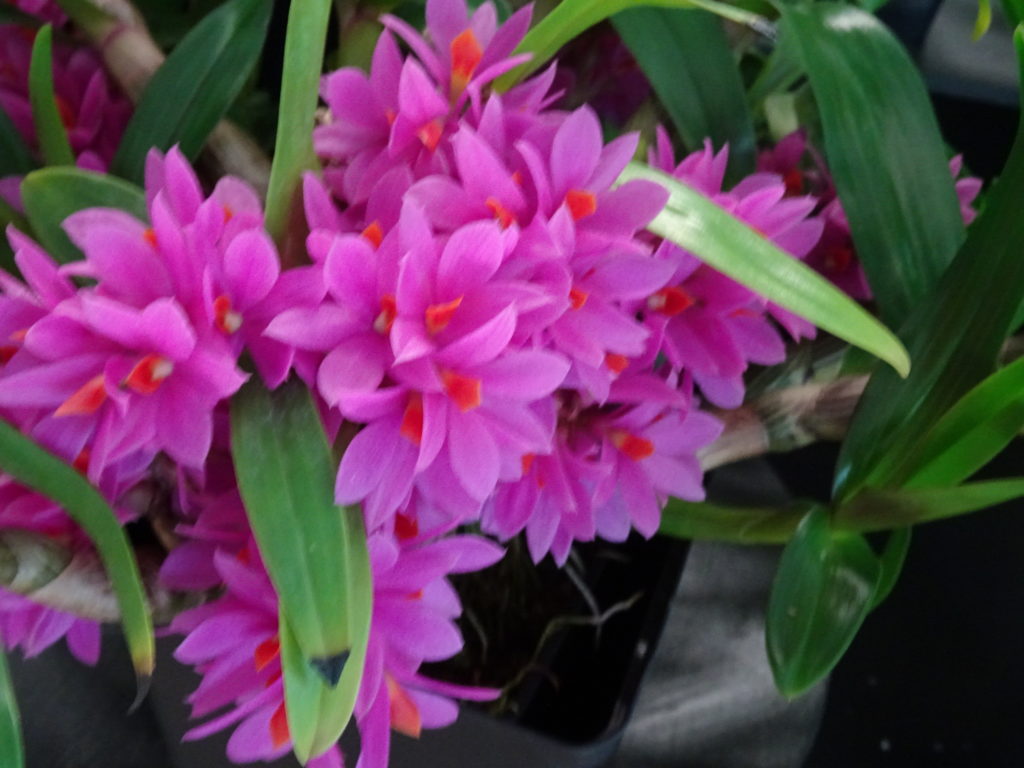 Dendrobium hibiki
Dendrobium hibiki Dendrobium griffithianum
Dendrobium griffithianum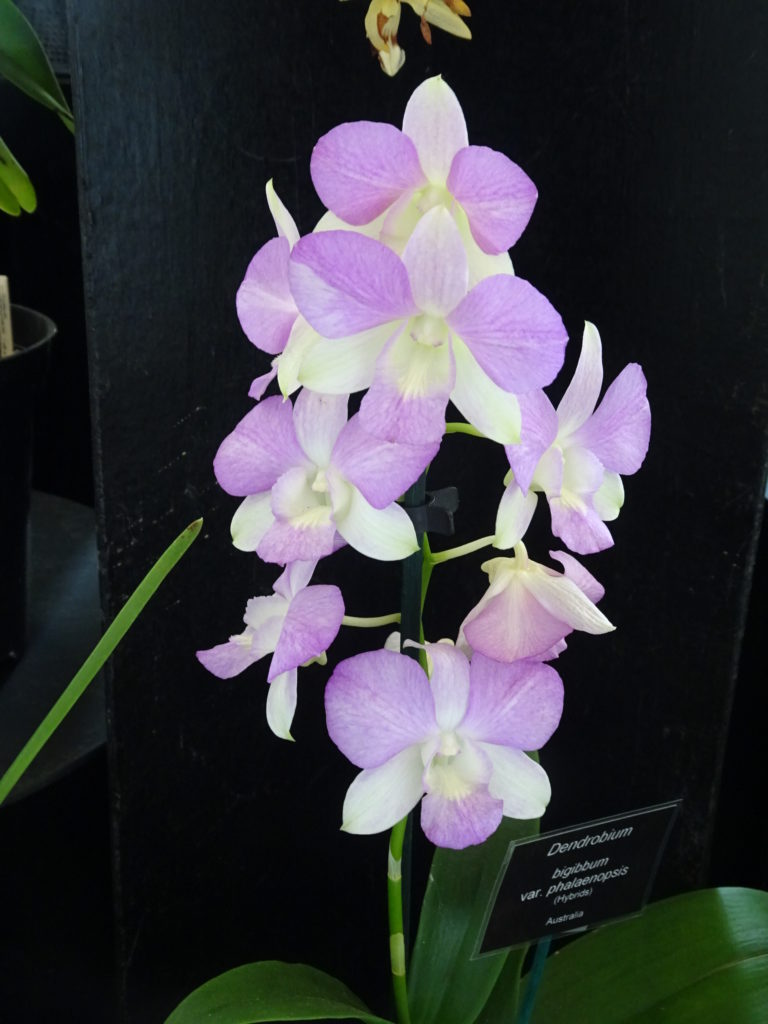 Dendrobium bigibbum
Dendrobium bigibbum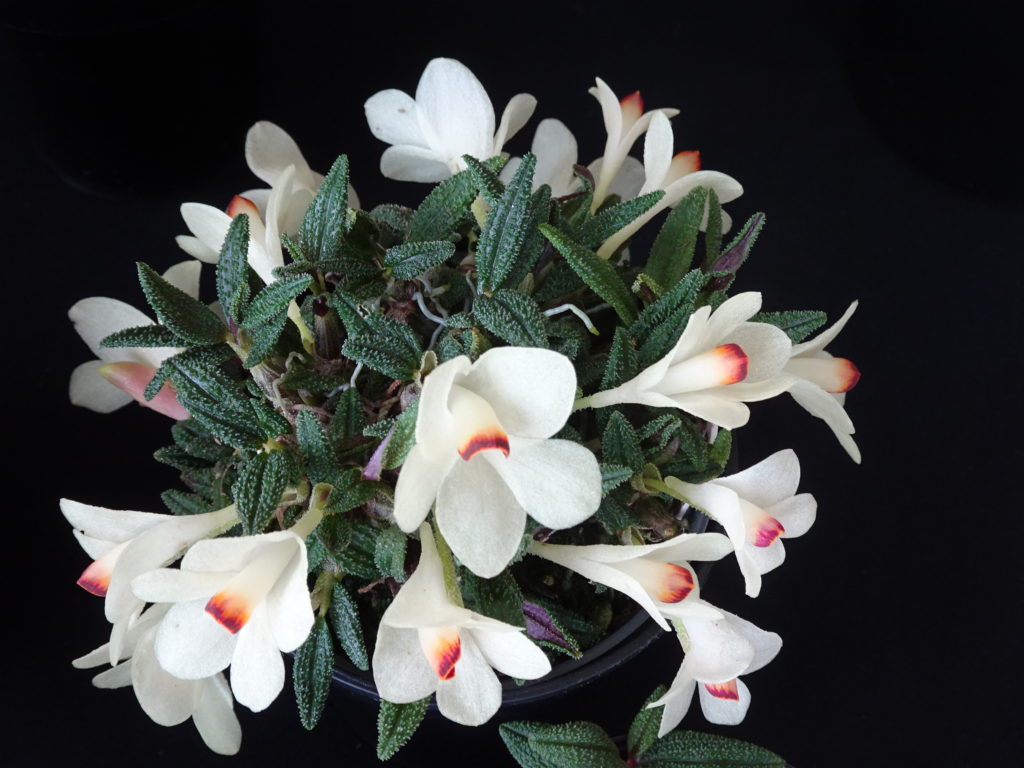
 One of Georg’s favourite Berginia (wiki)
One of Georg’s favourite Berginia (wiki)